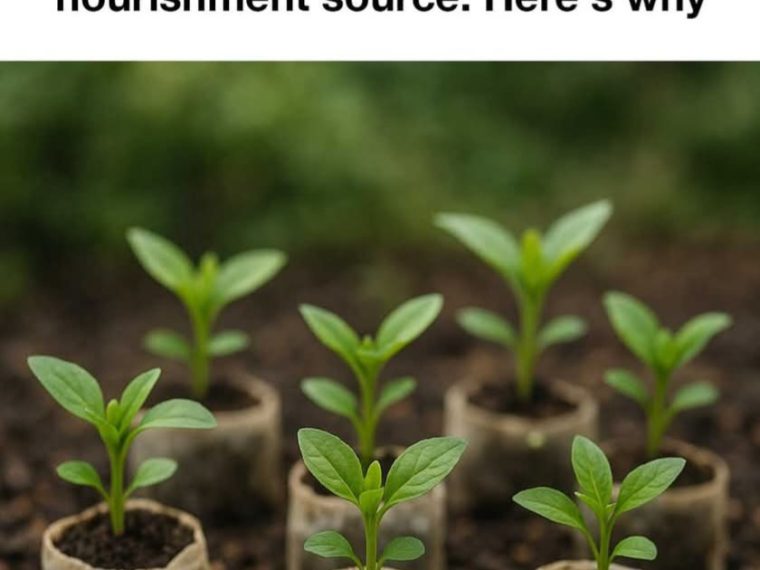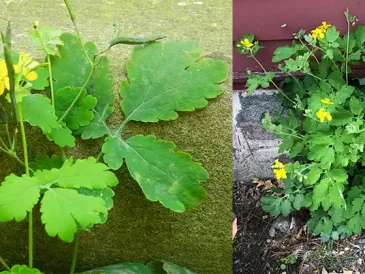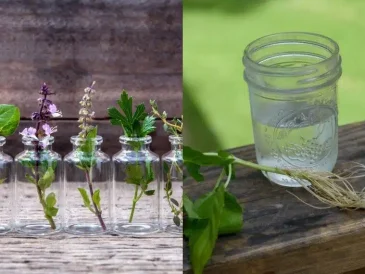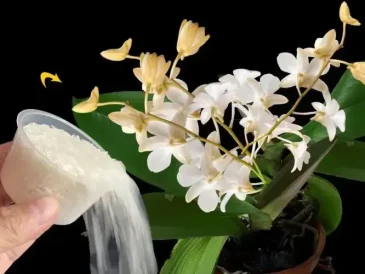Tea bags, often discarded after brewing a comforting cup of tea, are emerging as a valuable resource for gardeners. These small sachets, filled with dried tea leaves, are more than just a beverage byproduct; they are a treasure trove of nutrients and benefits for the garden. As gardeners seek sustainable and eco-friendly practices, repurposing used tea bags has gained popularity. This practice not only reduces waste but also enriches the soil, enhances plant growth, and contributes to a healthier garden ecosystem. By understanding the potential of tea bags, gardeners can transform their gardening practices into more sustainable and productive endeavors.
Understanding the Nutritional Components of Tea Bags
Tea bags contain a variety of nutrients that are beneficial to plants. The primary component, tea leaves, is rich in tannins, nitrogen, and other organic compounds. Tannins, which give tea its astringent taste, can improve soil structure and help in nutrient retention. Nitrogen, a crucial element for plant growth, is released as the tea leaves decompose, providing a slow-release fertilizer effect. Additionally, tea bags contain trace minerals such as potassium and phosphorus, which are essential for plant health. These nutrients make tea bags an excellent addition to the garden, promoting robust plant growth and soil fertility.
How Tea Bags Improve Soil Structure and Drainage
The fibrous nature of tea bags contributes to improved soil structure and drainage. When buried in the soil, the tea bag material breaks down slowly, creating small air pockets that enhance soil aeration. This improved aeration allows roots to access oxygen more efficiently, promoting healthier root systems. Furthermore, the gradual decomposition of tea bags helps to prevent soil compaction, ensuring that water can penetrate the soil easily and reach plant roots. This is particularly beneficial in heavy clay soils, where drainage is often a challenge. By incorporating tea bags into the soil, gardeners can create a more hospitable environment for plant growth.
Enhancing Soil Acidity with Used Tea Bags
Tea leaves are naturally acidic, and when used tea bags are added to the soil, they can help to lower the pH level, making the soil more acidic. This is particularly advantageous for acid-loving plants such as azaleas, rhododendrons, and blueberries. By adjusting the soil pH, tea bags can create optimal growing conditions for these plants, enhancing their health and productivity. Gardeners can simply bury used tea bags around the base of acid-loving plants or mix them into the soil to gradually increase acidity over time.
Tea Bags as a Natural Pest Repellent
Tea bags can also serve as a natural pest repellent in the garden. The strong aroma of tea, particularly from herbal varieties like peppermint or chamomile, can deter common garden pests such as aphids, slugs, and ants. The tannins in tea leaves have astringent properties that can repel insects, reducing the need for chemical pesticides. Gardeners can place used tea bags around the base of plants or steep them in water to create a natural pest-repelling spray. This eco-friendly approach not only protects plants but also supports a healthier garden ecosystem by minimizing chemical use.
Boosting Plant Growth with Tea Bag Nutrients
The nutrients released from decomposing tea bags can significantly boost plant growth. As the tea leaves break down, they release nitrogen, which is essential for the development of lush, green foliage. The slow-release nature of these nutrients ensures a steady supply to plants, promoting sustained growth throughout the growing season. Additionally, the trace minerals in tea leaves support various physiological processes in plants, enhancing their overall health and resilience. By incorporating tea bags into the garden, gardeners can provide a natural and balanced nutrient source that encourages vigorous plant growth.
Composting with Tea Bags for Richer Soil
Tea bags are an excellent addition to compost piles, contributing to richer and more nutrient-dense compost. The organic material in tea bags breaks down quickly, adding valuable nitrogen and other nutrients to the compost. This accelerates the decomposition process and enhances the overall quality of the compost. Gardeners can simply toss used tea bags into their compost bins, ensuring that any non-biodegradable components, such as staples or synthetic bags, are removed beforehand. The resulting compost can be used to enrich garden beds, providing plants with a nutrient-rich growing medium.
Tea Bags for Moisture Retention in Garden Beds
The fibrous material of tea bags can aid in moisture retention within garden beds. When mixed into the soil, tea bags help to retain water, reducing the frequency of watering needed. This is particularly beneficial during dry spells or in regions with limited rainfall. The retained moisture ensures that plant roots have consistent access to water, preventing stress and promoting healthy growth. By using tea bags as a moisture-retentive amendment, gardeners can create more resilient and drought-tolerant garden beds.
Preventing Fungal Infections with Tea Bag Antioxidants
Tea leaves contain antioxidants, such as polyphenols, which have antifungal properties. These compounds can help to prevent fungal infections in plants, such as root rot and powdery mildew. When used tea bags are incorporated into the soil or used as a mulch, they create an environment that is less conducive to fungal growth. The antioxidants in tea leaves can inhibit the development of fungal spores, protecting plants from common fungal diseases. This natural approach to disease prevention supports plant health and reduces the need for chemical fungicides.
Tea Bags as a Source of Nitrogen for Plants
Nitrogen is a vital nutrient for plant growth, and tea bags are an excellent source of this essential element. As tea leaves decompose, they release nitrogen into the soil, providing a natural and sustainable fertilizer. This slow-release nitrogen is particularly beneficial for leafy vegetables and other nitrogen-loving plants, promoting vigorous growth and lush foliage. Gardeners can bury used tea bags near the roots of plants or mix them into the soil to ensure a consistent supply of nitrogen throughout the growing season.
Using Tea Bags to Attract Earthworms
Earthworms are beneficial creatures in the garden, as they aerate the soil and enhance nutrient availability. Tea bags can attract earthworms by providing an organic food source. As the tea leaves decompose, they create a nutrient-rich environment that is attractive to earthworms. The presence of earthworms in the garden improves soil structure, enhances nutrient cycling, and supports plant health. By using tea bags to attract these helpful creatures, gardeners can foster a thriving and balanced garden ecosystem.
Conclusion: The Sustainable Benefits of Recycling Tea Bags in Gardening
Recycling tea bags in gardening offers numerous sustainable benefits. By repurposing used tea bags, gardeners can reduce waste, enrich the soil, and promote healthier plant growth. The nutrients and organic matter in tea bags support a thriving garden ecosystem, while their natural properties help to deter pests and prevent diseases. This eco-friendly practice aligns with sustainable gardening principles, contributing to a more resilient and productive garden. As gardeners continue to seek environmentally conscious solutions, tea bags provide a simple yet effective way to enhance garden health and sustainability.





